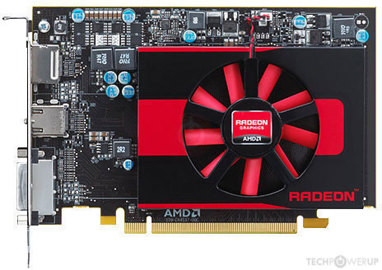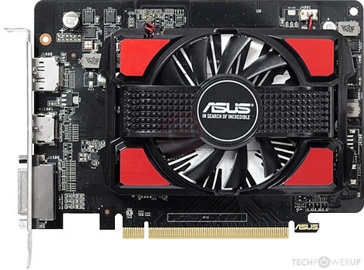- Joined
- Dec 1, 2019
- Messages
- 109 (0.06/day)
| System Name | even lower budget then an old Optiplex :) |
|---|---|
| Processor | Intel Xeon E5-2667 v4 - 3.2GHz |
| Motherboard | Lenovo Orion - X99 chipset |
| Cooling | ID Cooling SE-914-XT Basic |
| Memory | 16GB Micron DDR4 2400MHz |
| Video Card(s) | EVGA GeForce GTX 960 SSC GAMING ACX 2.0+ 4GB |
| Storage | 250GB/512GB SSDs - 3TB HDD |
| Display(s) | Samsung UN32EH4003 32" TV/Monitor 1366x768 |
| Case | Fractal Design Pop Mini Air |
| Audio Device(s) | Onboard Realtek ALC662 |
| Power Supply | EVGA SuperNOVA 550 GA |
| Mouse | MS Wheel Mouse Optical 1.1A USB |
| Keyboard | Lemokey X1 red switches |
| Software | Windows 10 22H2 |
VBE7 works fine on my Firepro W7000. Have a modded fan curve, increased core clock and an undervolt (1GHz at 1.0volt), and reduced memory speeds to keep the crap Elpida memory on my particular card alive as long as possible (1200 to 1100MHz), then new UEFI module added back in. I have ran my current modded card in both legacy and UEFI mode on my current motherboard and my VBE7 mods work in either mode. Are you removing the GPU from device manager and letting Windows reinstall it or simply reinstalling the drivers after making your BIOS mods? I have BIOS modded/overclocked an insane amount of GCN 1 cards from HD 8570s to Firepro W9000s with VBE7 and depending on driver and Windows version, many times you have to fool with the drivers to get all the BIOS changes to be detected and utilized by the drivers especially voltage changes.
Also in recent experience the Amernime drivers seem to cooperate with BIOS mods better then OEM AMD drivers and perform much better too.
Also in recent experience the Amernime drivers seem to cooperate with BIOS mods better then OEM AMD drivers and perform much better too.
Last edited:









 . Voltage can't be over 1.05V cos its a hard lock on the card but I am curious if anyone has cross-flashing experience?
. Voltage can't be over 1.05V cos its a hard lock on the card but I am curious if anyone has cross-flashing experience?




